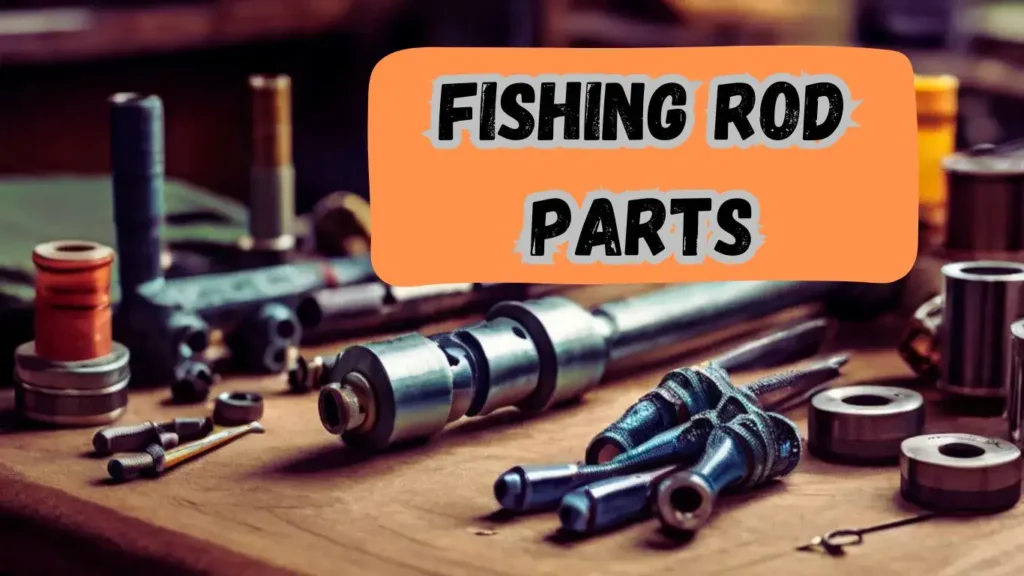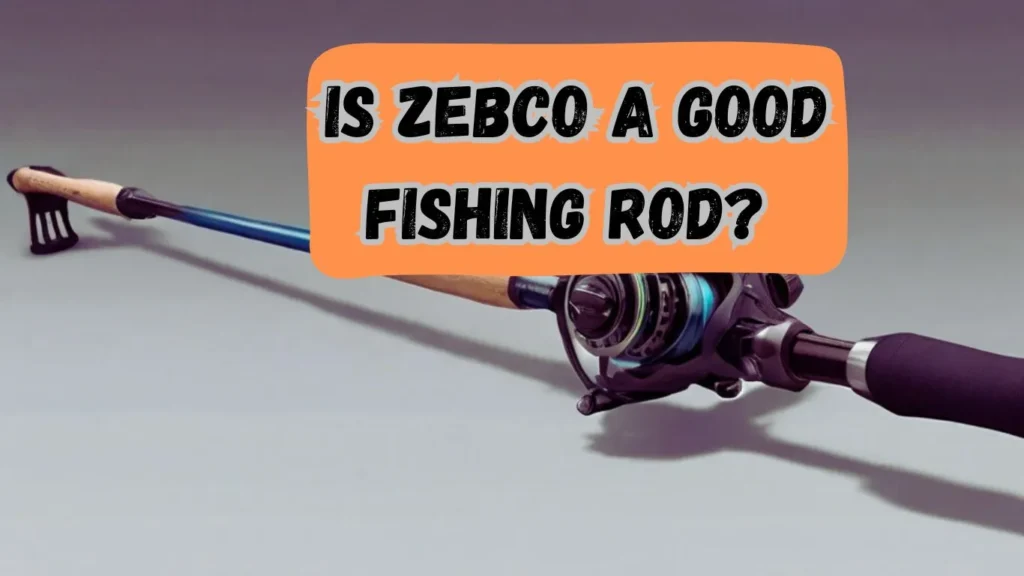Welcome to our comprehensive guide on fishing rod parts. Whether you’re a seasoned angler or just starting out, understanding the various components of your fishing rod is essential for optimal performance and longevity. In this article, we’ll dive deep into each part, discussing its function, importance, and maintenance tips to keep your gear in top condition.
All Fishing Rod Parts ( Expert Choice )
So we have curated parts of a fishing rod for you below as you can use parts fishing rod for better fishing experience, so lets dive into list of fishing rod parts:
Rod Blank
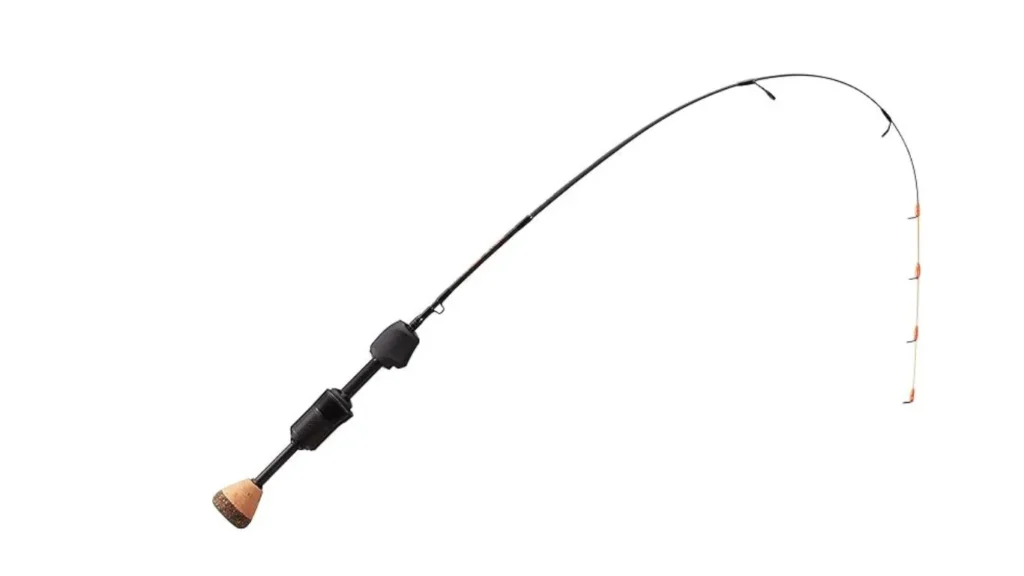
The rod blank serves as the foundation of your fishing rod, providing structural support and flexibility. It’s typically made of materials like fiberglass, graphite, or a combination of both. A high-quality rod blank is crucial for casting accuracy and sensitivity to bites.
LEARN>> Best fishing rods of the year
Guides
Guides are the small metal loops that run along the length of the rod blank. They help guide the fishing line and prevent it from tangling during casting and retrieval. Properly aligned guides ensure smooth line flow and reduce friction, allowing for longer casts and better control over your lure.
Reel Seat
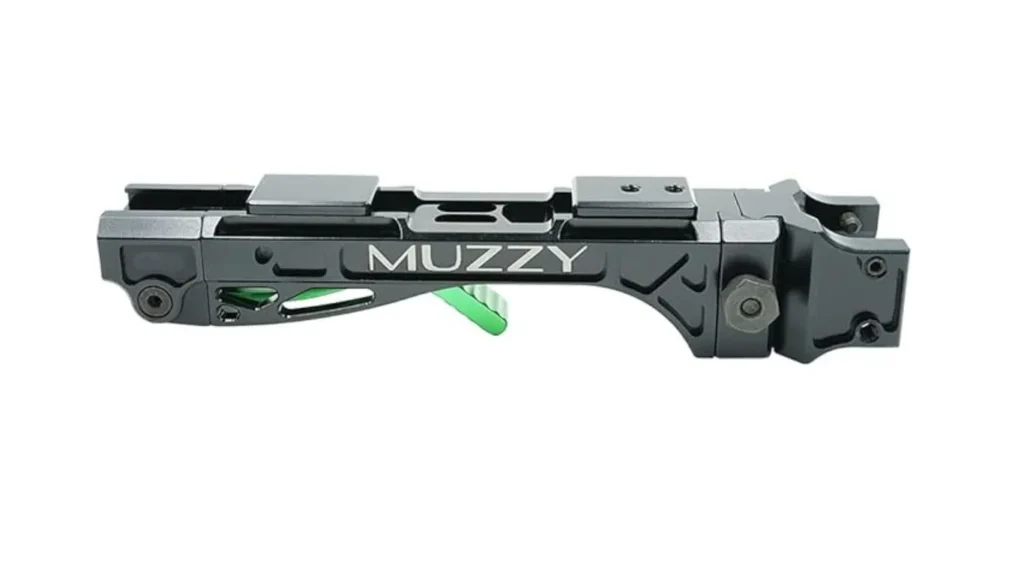
The reel seat is where the fishing reel is attached to the rod. It’s important to choose a reel seat that matches the size and type of your reel to ensure a secure fit. A loose reel seat can lead to instability and decreased casting accuracy.
Handle and Grip
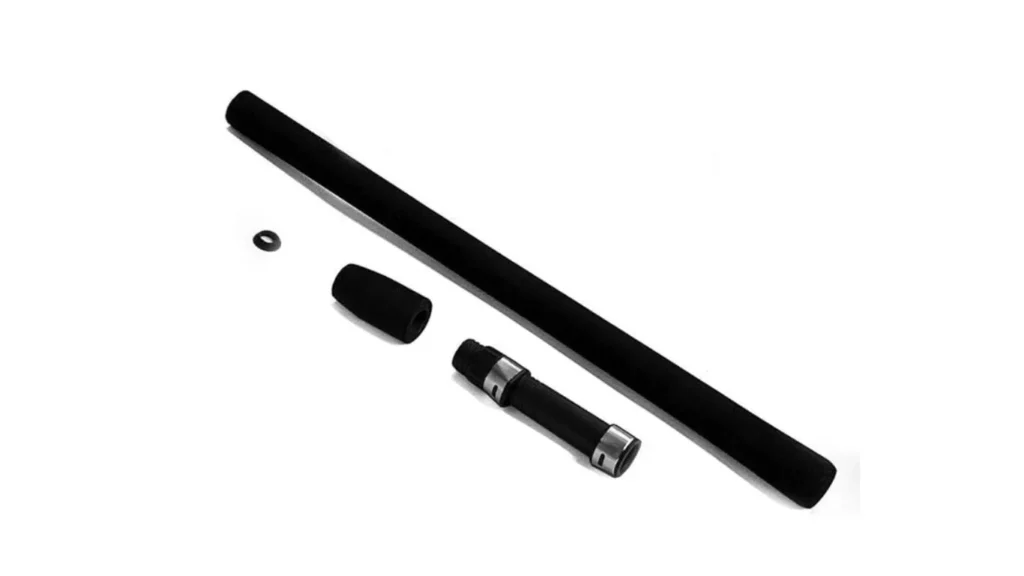
The handle, often made of cork or EVA foam, provides a comfortable grip for casting and retrieving. It absorbs vibrations and prevents fatigue during long fishing sessions. Additionally, some handles feature ergonomic designs for enhanced comfort and control.
Butt Cap

Located at the bottom of the rod, the butt cap provides balance and stability when resting the rod against your body or on the ground. It also protects the rod blank from damage and wear.
Also read>> What is 6 foot fishing rod good for
Maintaining Your Fishing Rod
Lets talk about how to maintain your fishing rod or all your fishing rod parts in order to keep them works better for you and be long lasting:
Cleaning and Inspection
Regularly clean your fishing rod with mild soap and water to remove dirt, salt, and debris. Inspect the guides for any signs of damage or corrosion, and replace them if necessary. Lubricate the reel seat and moving parts to ensure smooth operation.
Storage
Store your fishing rod in a cool, dry place away from direct sunlight and moisture. Use rod sleeves or protective cases to prevent scratches and dents during transportation. Avoid leaning your rod against hard surfaces or storing it in cramped spaces where it could get bent or damaged.
Rod Tip Protection
Always use a rod tip protector when transporting your fishing rod to prevent accidental damage. The rod tip is delicate and susceptible to breakage if mishandled or bumped against hard objects
Reel Maintenance
Regularly clean and lubricate your fishing reel according to the manufacturer’s instructions. Inspect the drag system and gears for any signs of wear and tear, and replace worn components as needed. Proper reel maintenance ensures smooth casting and retrieval.
Frequently Asked Questions (FAQs)
How do I choose the right fishing rod parts for my needs?
To choose the right fishing rod parts, consider factors such as your fishing style, target species, and budget. Research different rod materials, lengths, and actions to find the best fit for your specific needs.
Can I repair damaged fishing rod parts myself?
While minor repairs like guide replacement can be done at home, more extensive damage may require professional repair services. Attempting to repair complex issues yourself could further damage your rod and void any warranties.
What should I do if my rod blank breaks?
If your rod blank breaks, contact the manufacturer or a reputable rod repair service for assistance. Depending on the extent of the damage, they may be able to repair or replace the broken section.
How often should I replace fishing rod parts?
It’s essential to regularly inspect your fishing rod for signs of wear and damage. Replace any worn or damaged parts as soon as possible to prevent further issues and maintain optimal performance.
Are there any aftermarket upgrades available for fishing rod parts?
Yes, many aftermarket upgrades are available for fishing rod parts, including custom grips, reel seats, and guides. These upgrades can enhance performance, durability, and aesthetics to suit your preferences.
What is the importance of matching rod and reel components?
Matching rod and reel components ensures optimal performance and balance. Using a reel that’s too heavy or too light for your rod can affect casting distance, accuracy, and overall fishing experience.
Conclusion
Understanding the various fishing rod parts is essential for every angler, from beginners to experienced professionals. By knowing how each component works and how to maintain them properly, you can ensure that your gear performs at its best on every fishing trip. Remember to regularly inspect and clean your fishing rod to prolong its lifespan and enjoy countless hours of fishing adventures.
Also Read>>


